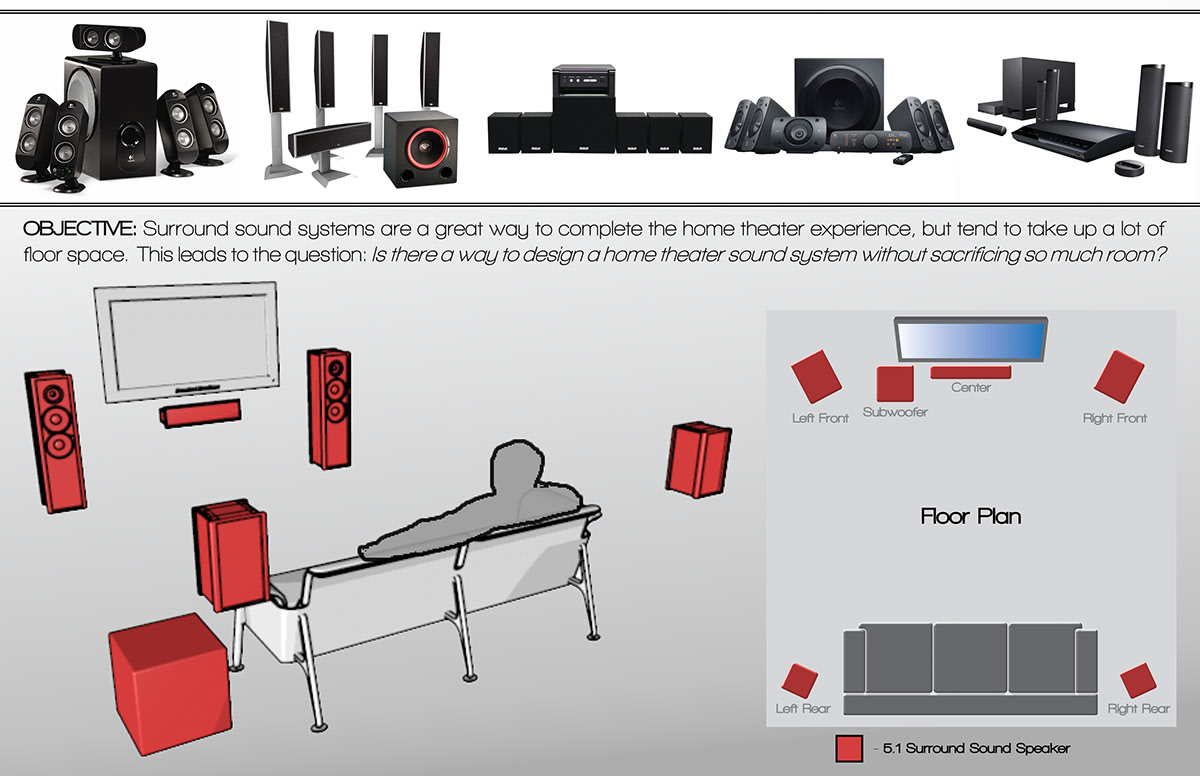The Floe Inclusive Learning Design Handbook (Attribution 2.5 Canada (CC BY 2.5 CA)) is an excellent learning tool for designing and improving educational resources. It has been created for teachers, and content creators in general as a free resource for increasing their ability to teach by improving the resources they have. It has a strong focus on inclusivity and adapting resources for people coming from a wide spectrum of situations.

Within the handbook, the three concepts that seemed the most important to me were the three dimensions of inclusive design. These are the foundation for creating a design that is accessible and usable by the widest spectrum of people possible.
Here are the three dimensions:
- Recognize, respect, and design for human uniqueness and variability.
- Use inclusive, open & transparent processes, and co-design with people who have a diversity of perspectives, including people that can’t use or have difficulty using the current designs.
- Realize that you are designing in a complex adaptive system.
The first identifies the fact that not all people are the same, but all deserve recognition and respect. If you start off creating material without this concept in mind, then you’ve already failed. The second one speaks to principles that will help with designing effective tools. Again, it includes as many people as possible in the process, because many people learn in different ways, so it wants to allow for as many learning styles as possible. The third simply speaks to the fact that once the tool is designed, the journey is not over. The content may change, or the audience, or the means by which to communicate the information. Things are always changing, and we need to be prepared for that, and accept that our design will probably have to change over time as well.
There were a couple ideas within the material that didn’t completely understand or agree with.
The first was the section within perspectives with the heading: “If you are unique (and aren’t we all), numbers are not our friends“. Which spoke about how the size of numbers is a constant pursuit for humans, and in a world where the biggest number gives value, when you’re only a small number (minimal readers, likes or view count), it can be discouraging. However, I think numbers can give us very valuable information, and if you can learn to remove your worth from the numbers, then joy can be derived from seeing numbers increase, or feedback about what to change when numbers decrease. Numbers be a great source of information, and when properly applied, are indeed our friends. They aren’t malevolent, we just need to view them properly, and not attach our value to them.
The second was “Sonification“. I found the topic interesting, but hard to think of applications where it would be well used, or make a significant difference in the learning experience. Using non-verbal audio is not overcoming a major accessibility barrier, and using sounds allows rudimentary communication, but can’t communicate any more without visual aids. Ultimately I see it as having minimal usefulness.
The one question I found unanswered was simply where are examples pertaining to all these techniques and theories? It would be nice to see more examples of the methodologies and techniques in action, as well as more evidence for why one method is better than others.



